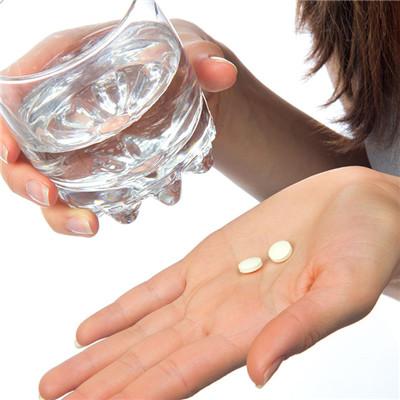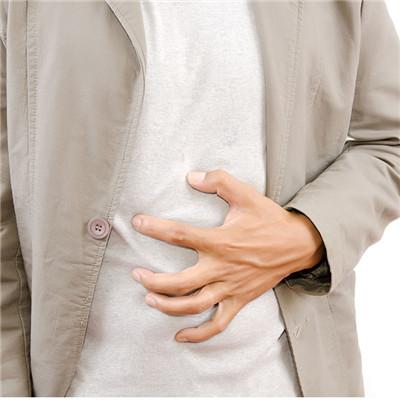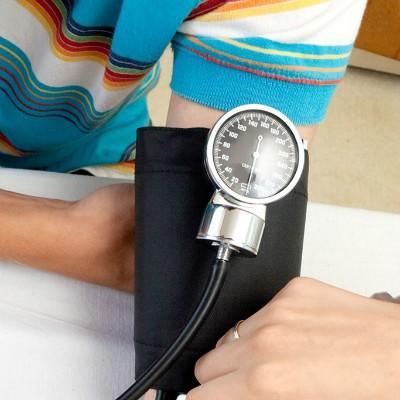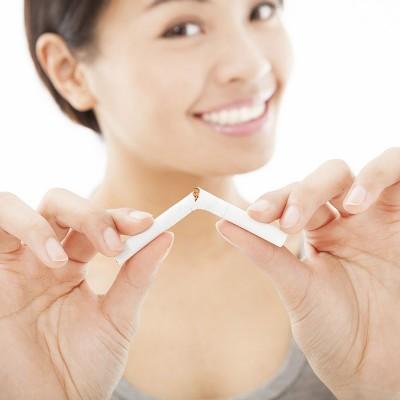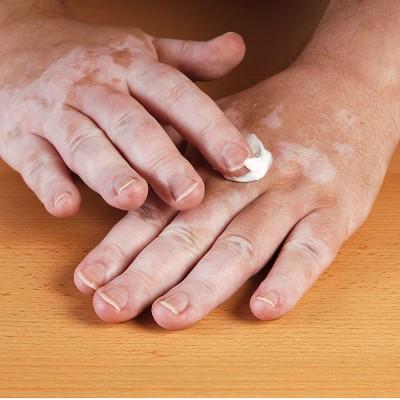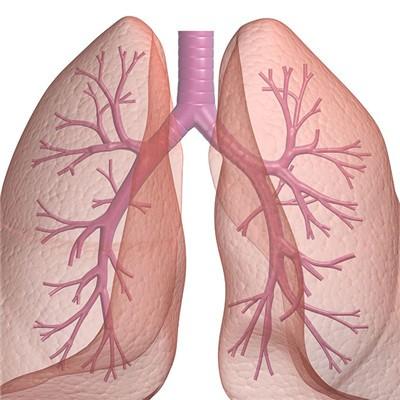What symptom can tenosynovitis cause?
summary
Although tenosynovitis is a relatively high incidence rate, there are few people who really understand this disease, so that they do not understand the symptoms of this disease. In this case, after suffering from tenosynovitis, people may not be able to discover their diseases in time and delay the treatment of diseases. So, what symptoms can tenosynovitis cause? Let's talk about it now.
What symptom can tenosynovitis cause?
Pain is the most common symptom of tenosynovitis. Most of them can't clearly point out the location of pain, but only complain about the "discomfort" of the joint, and the feeling of acid swelling or inability to exert force in the joint during exercise. Sometimes people with tenosynovitis will feel banded pain.
Local swelling, the onset of tenosynovitis, tendons will have a cord like uplift, the symptoms of tenosynovitis varying degrees. The inner layer is synovium, which can nourish the tendon and secrete synovial fluid, which is conducive to tendon sliding. Due to repeated excessive friction, the tendon and tendon sheath are inflamed, edematous, and the fiber sheath wall is thickened to form a narrow ring. The fibrosis and thickening of the tendon make it difficult for the tendon to slide in the sheath tube, which is called stenosing tenosynovitis.
The symptoms of tenosynovitis may also have dysfunction. Tenosynovitis occurred in the wrist of the upper limbs mostly affects the force of the players, sometimes there will be movement deformation when hitting the ball. Tenosynovitis occurred in the ankle will feel pain when moving and affect the movement, which is also a common symptom of tenosynovitis. Tendon sheath is a sheath like structure around tendon. The outer layer is fibrous tissue, which is attached to the bone and adjacent tissues to fix and protect the tendon.
matters needing attention
When doing laundry, cooking, knitting, cleaning and other household chores, we should pay attention to the correct posture of fingers and wrists, and do not over bend or stretch back; Don't take things too heavy; Don't use your fingers and wrists too hard.
